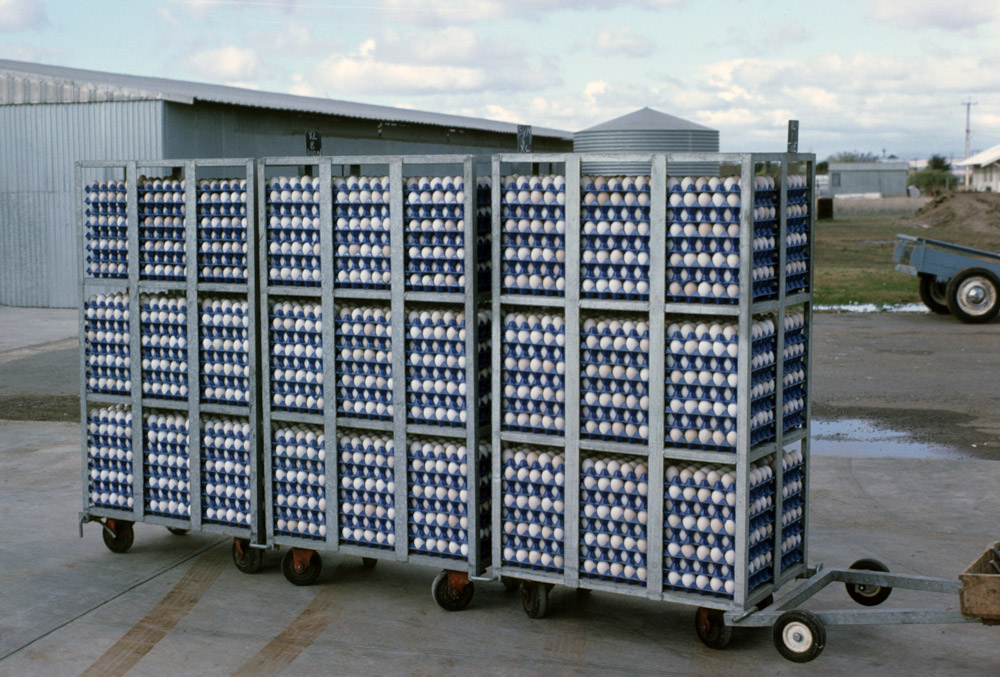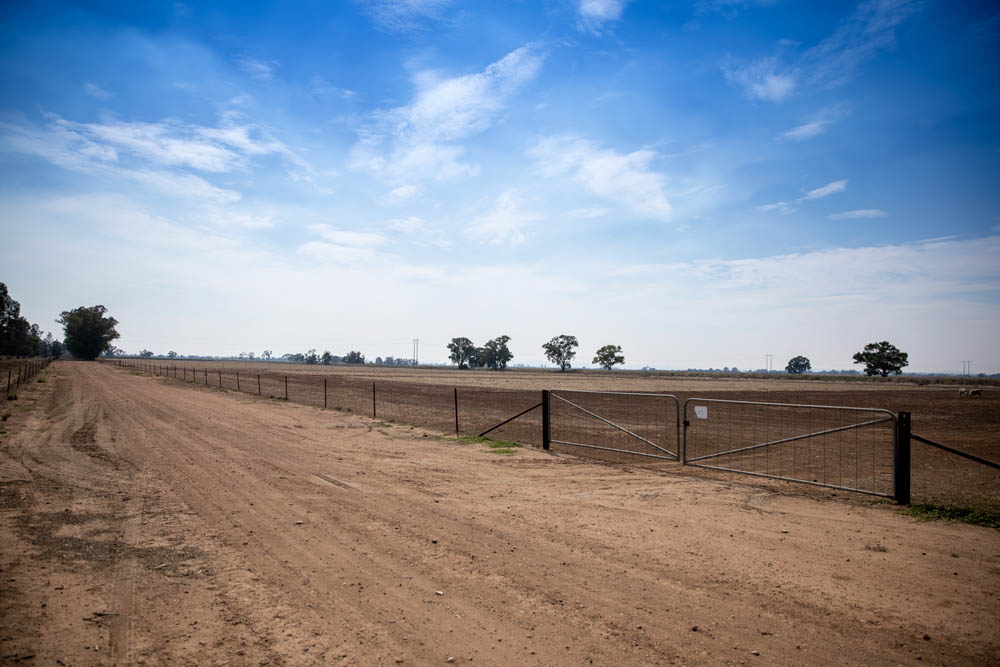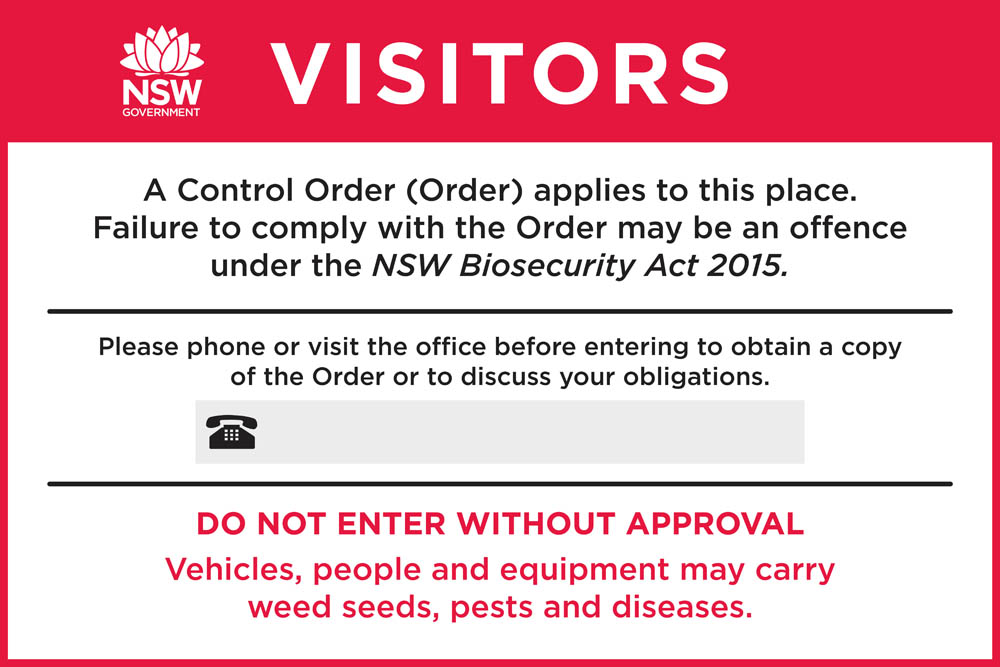- GVP $267.6 million est. Up 3% yoy.
- NSW share of the national flock was 28% in 2020.
- Free-range egg retail prices have decreased on average by 1.7% annually over last the five years.
Production
Free-range production systems continue to grow nationally, representing 50% of eggs sold through major supermarket chains by volume in 2019-20, an increase from a 47% share in 2018-19, continuing the longer-term trend. Reflecting the higher value of free-range eggs, the category represented 57% of egg sales for the major grocery chains in 2019-20. 42
Feed costs typically represent 60-70% of layer production costs depending in part on the type of production system used. 58 The extended drought resulted in elevated feed costs, however with the eastern Australia drought conditions receding in 2020 prices for feed grains, a key input to layer diets, averaged 17% lower in 2020-21 than the 2019-20 production year. 82
NSW commercial egg production q
- Egg production
- Flock size
Production systems' share of major grocery chain sales
Price
At the retail level average prices for free-range sourced eggs decreased by an average compound rate of 1.7% over the five years to 2019-20. In contrast, the average retail price for cage eggs increased 0.5% annually (compound growth rate) over the same period. 42 This decrease in free-range prices reflects increased supply from continued investment in free-range production systems and related technologies to improve system productivity.
National average farmgate price and grocery retail prices for eggs by type
- Average farm gate
- Retail Cage
- Retail Free Range
- Retail Barn-Laid
Years marked ‘f’ are forecast annual estimates.
Trade

Exports have been especially impacted by the disease status of both trade partners and Australian poultry flocks. The value of egg exports over the two years from 2017-18 and 2018-19 averaged $10 million annually, including record exports to the Philippines which was a consequence of an outbreak of Highly Pathogenic Avian Influenza A (AI) in that country in 2017. In 2020, Australian egg exports were impacted by an outbreak of AI amongst several Australian commercial flocks. However, subsequent efforts by industry and state and federal government agencies have resulted in Australia officially regaining freedom from AI in 2021, an important step in re-establishing exports of poultry products including eggs. 69
Imports of egg products including egg powder, egg pulp and preserved or cooked eggs were valued at $7.1 million in 2020-21. Major sources of egg product imports included United Kingdom, China and United States. 128
Macroeconomic Conditions
Alongside the ongoing trend for free-range produced eggs, marketing of eggs by major grocery chains is resulting in an increasing share of private label egg sales. In 2015-16 the share of private label eggs sold through the major grocery chains was 33% in volume terms, by 2019-20 private label sales had increased to 52% share of sale volumes. 43 Further, the Covid-19 pandemic has exacerbated this trend towards the purchasing of private label groceries. 142
Longer term, an Australian Animal Welfare Standards and Guidelines for Poultry being developed by the Australian Government with states and territories in 2021 to inform animal welfare policies including for layer housing systems 70 , has the potential to influencing egg farmers investments in farm infrastructure.





